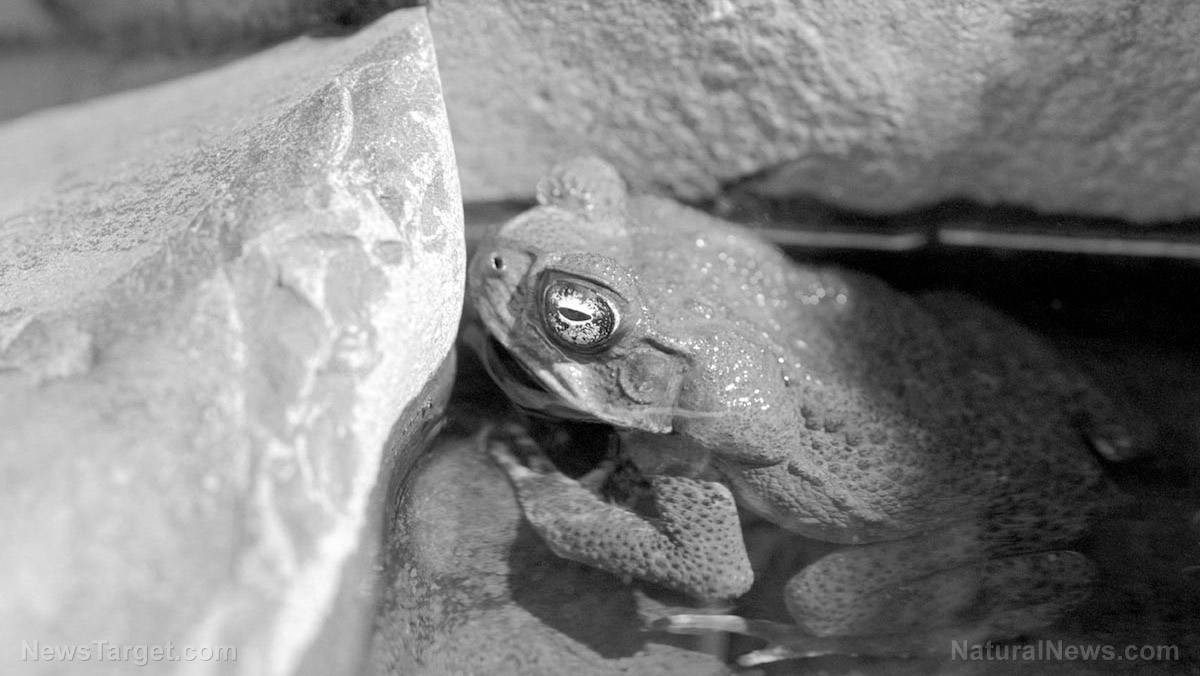
Frog study could shine light on blood clotting in humans
Sonke Johnsen, study co-author and Duke University biology professor, told Live Science: "If you really want to be transparent, you need to hide your red blood cells. How are glass frogs doing that? The cool thing is that we just don't know." "What these frogs are doing is the equivalent of a human taking all their blood and stuffing it into a lunch bag inside their body. These glass frogs are – by some process [that] we don't know the details [of] – filtering red blood cells out of their blood and cramming them into their livers so tightly that it should create a clot. But it doesn't." Johnsen also talked about the method he and his co-authors used to examine the glass frog. "Even with a transparent animal, seeing exactly what is going on inside can be difficult. We used sound because it travels through tissue much better than light. We'd let the frog rest, then poke it a few times, and let it fall asleep again," he said. According to Johnsen, "the human body is always at this sharp edge between clotting too little and too much. He added: "The clotting process for frogs is not so different from that of humans, so whatever we learn from the frogs could end up being relevant to human clotting." (Related: Clot shot warning: Here's what a blood clot looks like when LIQUID blood turns into a semi-solid gelatinous mass inside your body.) In most animals, pooling blood together leads to clotting, which can be life-threatening. For example, it could lead to heart attacks in humans. Find more stories like this at Ecology.news. Watch this video that talks about how the mainstream media is pushing the narrative that blood clots are normal. This video is from The Prisoner channel on Brighteon.com.More related stories:
CYBORG: Researchers create the first self-healing robots from living frog tissues. The lengths parents go to: World's largest frogs protect their young by building their own "nursery ponds." Post-mortem examinations find massive blood clot biostructures in bodies of the vaccinated. Clot shot "vaccines" create BOOM in blood clot removal industry. Sources include: LiveScience.com Science.org TheCourier.com.au Brighteon.comTexas group launches petition to BAN chemtrails
By Belle Carter // Share
Siemens chairman urges people to stop eating meat during speech at World Economic Forum
By Belle Carter // Share
World’s oldest runestone inscribed almost 2,000 years ago found in ancient cremation pit in Norway
By Kevin Hughes // Share
The dangerous fantasy of Scotland’s net zero energy transition
By News Editors // Share
Very few scientists agree that climate change is driven by human activity
By News Editors // Share
An invisible assault: How everyday heavy metals sabotage brain health
By willowt // Share
Pentagon warns of China's rapidly expanding nuclear arsenal
By kevinhughes // Share
FCC grounds new Chinese drones in sweeping security move
By avagrace // Share
The methylation switch: Scientists identify diet that can turn back the cellular clock
By jacobthomas // Share
Renaissance or Ruin: A wake-up call for cultural revival and self-sufficiency
By kevinhughes // Share
Weight loss in midlife may trigger brain inflammation, study finds
By avagrace // Share











